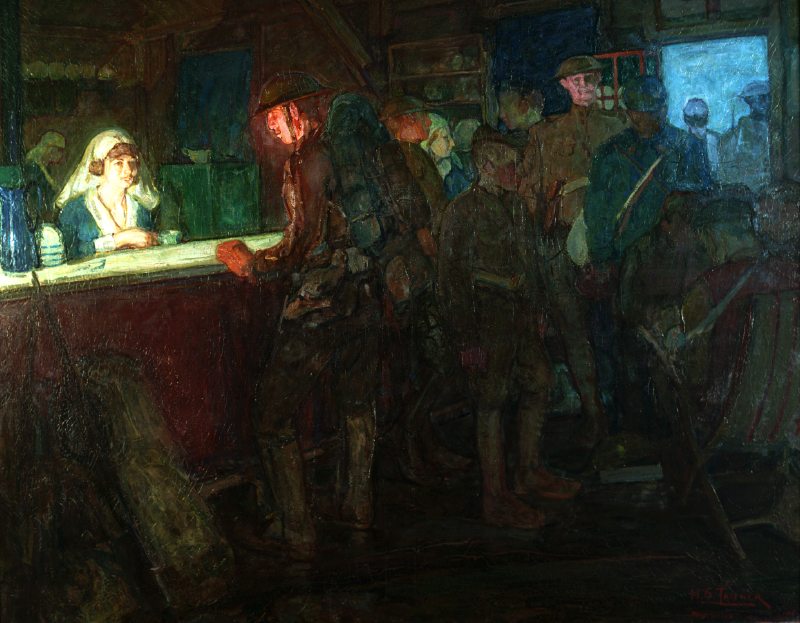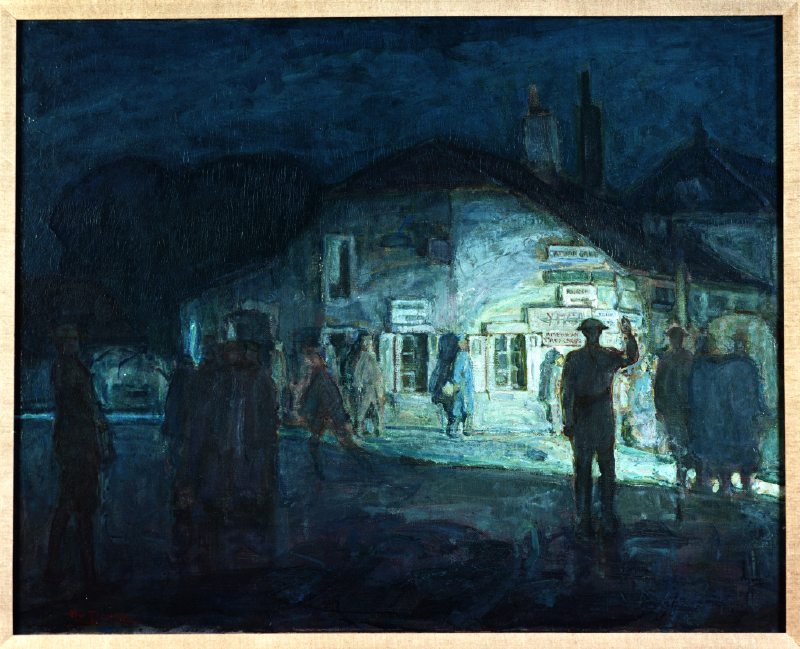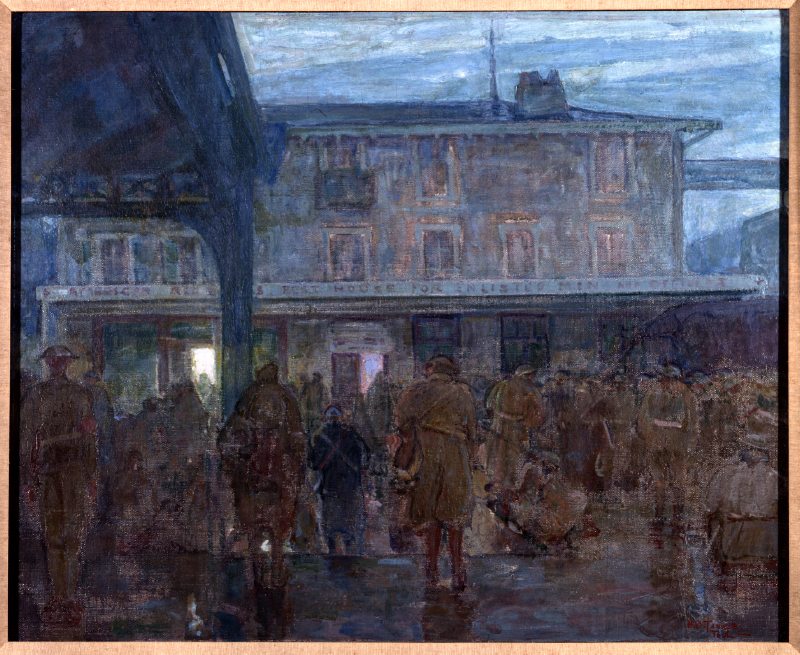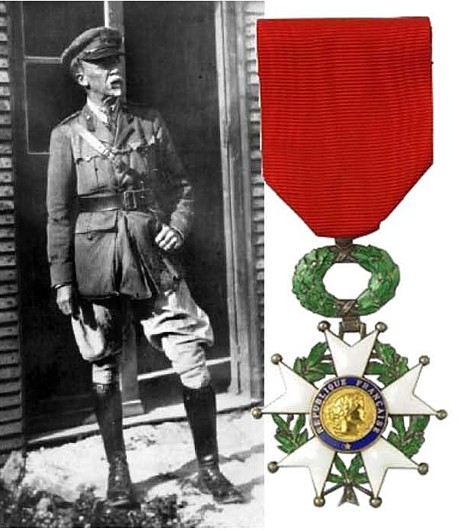A unique record of Red Cross involvement in World War I is captured in the paintings of Henry Ossawa Tanner (1859-1937), the foremost African-American artist of his generation.
Tanner, born in Pittsburgh, Pennsylvania, on June 21, 1859, was the eldest of nine children. He spent most of his childhood in Philadelphia where he attended the Robert Vaux School, one of a few African-American schools offering a liberal arts curriculum.
In 1880, Tanner enrolled at the Pennsylvania Academy of the Fine Arts studying under Thomas Eakins, a famous teacher who had a profound impact on Tanner’s life and work.
His artistic achievements eventually brought him to Europe. While living in France during World War I, Tanner began painting for the Red Cross. At the request of the American Red Cross Bureau of Photography, he received permission from the Army’s Photographic Censorship Office to “make sketches of A.R.C. work in the region of Neufchâteau” with the requirement that they be “exclusively of Red Cross activities and subjects.”
Many of Tanner’s images from the front lines featured African-American troops during the war. The three works shown below are part of the Red Cross collection.



For the rest of his life, Tanner received praise and honors for his work.

A solo exhibition of Tanner’s work at the Smithsonian in the late 1960s and a 1991 Philadelphia Museum of Art touring retrospective began a new wave of interest in his life and work. In 1996 the White House acquired Sand Dunes at Sunset, Atlantic City, making Tanner the first African-American artist to be included in its permanent collection.
From 1914 to 1918, Europe endured the horrors of The Great War, now known as World War I. In recognition of the 100th anniversary of the conflict, From the Archives will feature a series of articles on Red Cross involvement in the war.
Learn more about Red Cross history on redcross.org. Follow Nicholas Lemesh on Twitter, @NickLemesh.

